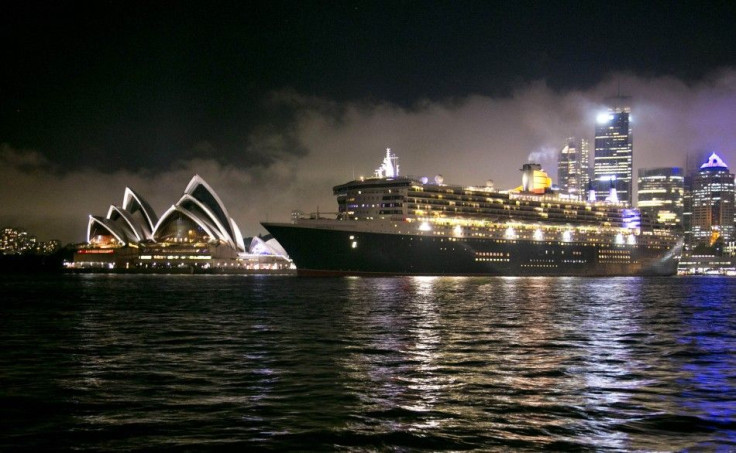Global Warming, Rising Sea Levels Will Wipe Out Statue of Liberty, Tower of London, Sydney Opera House; 100 Other Cultural Landmarks At Risk

At least 100 world cultural landmarks such as the Statue of Liberty, Tower of London and Sydney Opera House will be wiped out from the face of the earth if ocean waters continue to rise spurred by the burgeoning global warming and climate change.
According to a new study in IOP Publishing's journal Environmental Research Letters, a total of 136 sites, some of them on the list of UNESCO World Heritage sites, would be impacted by subsequent sea-level rises over the next 2,000 years.
Moreover, at least 12 countries, mainly small island states, would lose more than half their land surface. Seven per cent of those population would live in areas that had become below sea level. Seen to be most affected will be in China, India, Bangladesh, Vietnam or Indonesia.
The study was called primarily to take a look at how the long-term effects of rising sea levels could possibly affect the 720 spots so described as UNESCO World Heritage Sites.
"I didn't expect that so many of the UNESCO World Heritage Sites would be affected," Ben Marzeion, study lead author and an assistant professor at the Institute of Meteorology and Geophysics at the University of Innsbruck in Austria, told Live Science. "I knew that many of the sites are close to the sea, but I didn't expect to have such high numbers. If you asked me when I started doing this, I would have said maybe 2 or 5 per cent."
He said 20 per cent of the sites will be ruined if temperatures rise 5.4 degrees Fahrenheit (3 degrees Celsius) above pre-industrial levels over the next two millennia.
"Three degrees Celsius [5.4 degrees Fahrenheit] of warming is not extraordinary," he added. "I think it's quite realistic that we're going to see that."
Those that may be wiped out also include the Independence Hall, the city centres of Brugge, Naples, Riga and St. Petersburg; Venice and its Lagoon; Robben Island; and Westminster Abbey.
Also the leaning tower of Pisa, the archaeological sites of Pompeii in Italy, the Carthage in Tunisia, the Indian state of Goa, the Hiroshima Peace Memorial in Japan, Turkish city Istanbul, Amsterdam's canals, Valparaso, Chile, Ribeira Grande in Cape Verde, Mexico's Campeche, Mont-Saint-Michel, France, South Africa's Robben Island, and Zanzibar, Tanzania.
"After 2,000 years, the oceans would have reached a new equilibrium state and we can compute the ice loss from Greenland and Antarctica from physical models," Anders Levermann, study co-author and a scientist at the Potsdam Institute for Climate Impact Research, said in a statement. "At the same time, we consider 2,000 years a short enough time to be of relevance for the cultural heritage we cherish."






